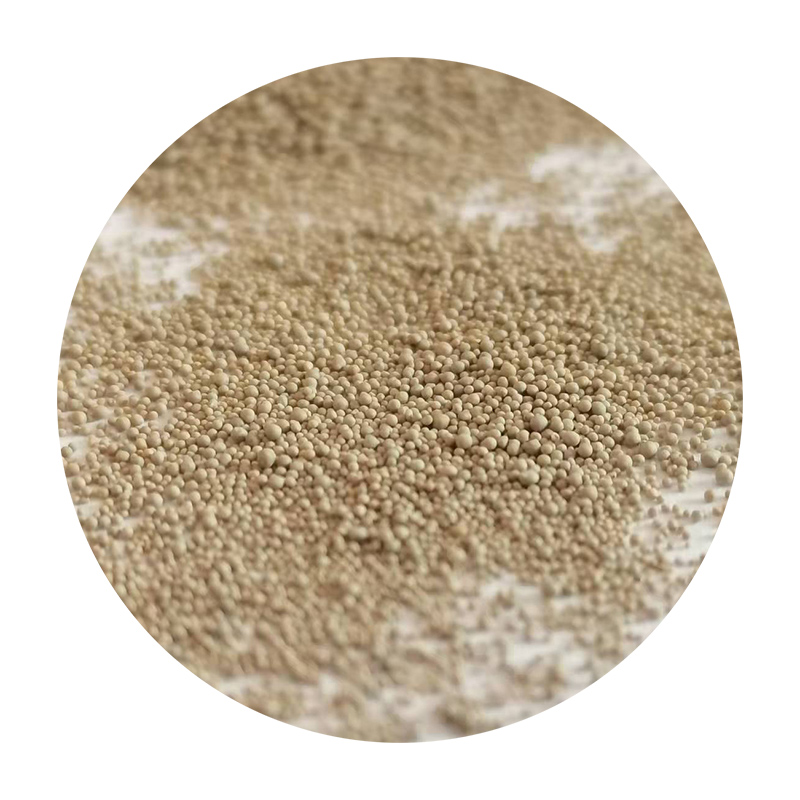The Versatile Uses of Foundry Sand An In-Depth Exploration
Foundry sand, predominantly composed of high-quality silica, is a fundamental material in the foundry industry. Its unique properties make it indispensable for various applications, particularly in metal casting processes. In this article, we delve into the multifaceted uses of foundry sand, highlighting its importance across several industries.
1. Metal Casting The Primary Use
The most significant application of foundry sand is undoubtedly in metal casting. Foundry sands are employed to create molds and cores for producing metal parts. The sand's ability to retain strength and shape at high temperatures, along with its excellent drainability, allows for precise mold casting. This results in high-quality metal components used in automotive, aerospace, and machinery manufacturing. The durability of casted parts produced with foundry sand also contributes to the longevity and performance of these components.
Beyond metal casting, foundry sand has found its way into the construction industry. Used as a substitute for natural aggregates in concrete production, it enhances the strength and durability of concrete structures. Additionally, foundry sand can be utilized in road construction, where it serves as a base material or filler. Its fine texture allows for better compaction and stability in roadbeds, thus improving the overall lifespan of road infrastructures.
3. Environmental Applications
The growing emphasis on sustainability has led to innovative uses of foundry sand in environmental applications. For example, it is used for land reclamation and as a backfill material in various civil engineering projects. Foundry sand is often recycled and repurposed, reducing landfill waste and promoting eco-friendly practices. Moreover, it can be utilized in the production of low-cost bricks or tiles, contributing to green building initiatives.
foundry sand uses

4. Agricultural Uses
Another interesting application of foundry sand is in agriculture. Research has indicated that foundry sand can improve soil quality when mixed with natural soils. The sand enhances drainage, reduces compaction, and provides necessary minerals, which can support plant growth. Farmers and agricultural specialists have begun to explore the benefits of using foundry sand in order to optimize crop yields and promote sustainable farming practices.
5. Abrasive Materials
The abrasive qualities of foundry sand make it suitable for various industrial applications. It is often used in sandblasting processes, where it helps clean, polish, and prepare surfaces before painting or coating. The consistent grain structure of foundry sand makes it a preferred choice for manufacturers who require uniformity in their abrasive processes.
6. Sports and Recreation
Interestingly, foundry sand has also found applications in sports and recreational facilities. For instance, it can be used as a high-quality infill material for synthetic turf in sports fields, providing a firm yet cushioned playing surface. Its excellent drainage properties make it ideal for maintaining optimal playing conditions in various weather scenarios.
Conclusion
The various uses of foundry sand underscore its versatility and importance in multiple sectors. Its primary role in metal casting remains significant, but the material's properties lend themselves well to numerous other applications. As industries seek to adopt more sustainable practices, the recycling and repurposing of foundry sand continue to open new avenues for its use, demonstrating that this once narrowly defined material plays a crucial role in modern manufacturing and environmental stewardship. By embracing these innovative applications, industries can enhance productivity, reduce waste, and contribute to a more sustainable future.
Post time:اکتوبر . 21, 2024 10:24
Next:The Enigmatic Ensemble of The Sand's Cast and Its Unfolding Mysteries
